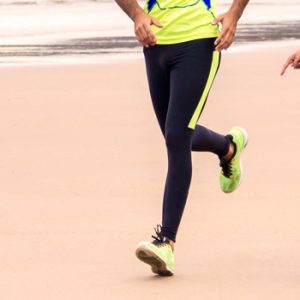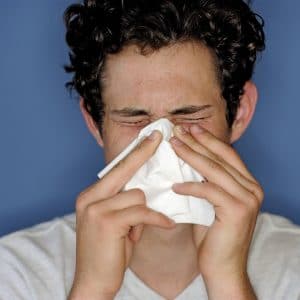
When my sister first got pregnant, I leaped with joy. My first question, if I remember correctly, was the gender but obviously it was too soon to tell! However, being a physiotherapist, one of my first few questions to her was, ” Are you exercising?!” and she, of course replied, “Can I??” This is one of the most frequently-asked questions that many women, particularly active ones, have with regard to pregnancy. Exercise during pregnancy is no laughing matter as we have two lives at stake here — mother and child. So, is it safe to exercise when you are pregnant? “Absolutely!” There are many reasons why pregnant women would think that exercise is more harmful than helpful when it comes to their unborn child. During pregnancy, there are many anatomical and physiological changes (physical and functional changes) in your body! A hormone known as ‘relaxin‘ acts to relax your ligaments to open up your pelvic region. Furthermore, cardiovascular changes are necessary to sustain you and your baby during rest and exercise. Moreover, weight gain and increased curvature in your lower back changes your centre of gravity, thus throwing off your balance. How could anyone possibly exercise with all these bodily changes? You most definitely can! However, there are many things you need to know about exercising in order to keep you and your baby safe. This includes precautions, contraindications (absolute no-nos), tell-tale signs to stop exercising, frequency, duration and suitable types of exercise. So, to save you time, here is a summary of recommendations from multiple clinical guidelines. What are the benefits of exercise in helping me and my baby? Exercise is, without a doubt, safe for you and your baby during and after pregnancy. Done within the right parameters, it would benefit you by: Improving general fitness...
 The festive season is here once again! A time of celebration with the rising eagerness to travel. We’re pretty sure you’re counting down the days to your great year end travel, whether it’s to visit your loved ones, explore new destinations, or just some time off to clear out all your unused annual leave. For those of you fortunate enough to experience a white Christmas, we can only imagine the upcoming long haul flight! However, along with travelling comes many post holiday effects – not just in the form of back to work blues, but also as travel aches and pains accumulated from long journeys. Background Ever wondered why it feels so good to stretch out those legs during the occasional toilet stop? Prolonged sitting can make almost anyone stiff (this includes time spent working at your desk). While sitting, fluid accumulates in the muscles, especially in the lower legs. When this happens, it may slow down blood circulation and promote muscle stiffness. Not only does prolonged sitting cause stiffness to the muscles, it can also affect our joints. That’s why movement counters this effect. Nutrients are only pumped into the cartilage as the joints move, due to the lack of blood vessels in the cartilage joint surface. Moving your joints ever so often helps lubricate and nourish the joint surfaces. Prevention We decided that, as spine and joint care specialists, we had the responsibility to share and educate on some preventive measures since many of our Practice Members will be travelling during the upcoming holiday season. As there are two major modes of transport when travelling, we will cover methods that can help reduce the aches and pains in both of these situations: By car We all have that one friend or relative who has shared their story...
The festive season is here once again! A time of celebration with the rising eagerness to travel. We’re pretty sure you’re counting down the days to your great year end travel, whether it’s to visit your loved ones, explore new destinations, or just some time off to clear out all your unused annual leave. For those of you fortunate enough to experience a white Christmas, we can only imagine the upcoming long haul flight! However, along with travelling comes many post holiday effects – not just in the form of back to work blues, but also as travel aches and pains accumulated from long journeys. Background Ever wondered why it feels so good to stretch out those legs during the occasional toilet stop? Prolonged sitting can make almost anyone stiff (this includes time spent working at your desk). While sitting, fluid accumulates in the muscles, especially in the lower legs. When this happens, it may slow down blood circulation and promote muscle stiffness. Not only does prolonged sitting cause stiffness to the muscles, it can also affect our joints. That’s why movement counters this effect. Nutrients are only pumped into the cartilage as the joints move, due to the lack of blood vessels in the cartilage joint surface. Moving your joints ever so often helps lubricate and nourish the joint surfaces. Prevention We decided that, as spine and joint care specialists, we had the responsibility to share and educate on some preventive measures since many of our Practice Members will be travelling during the upcoming holiday season. As there are two major modes of transport when travelling, we will cover methods that can help reduce the aches and pains in both of these situations: By car We all have that one friend or relative who has shared their story...









